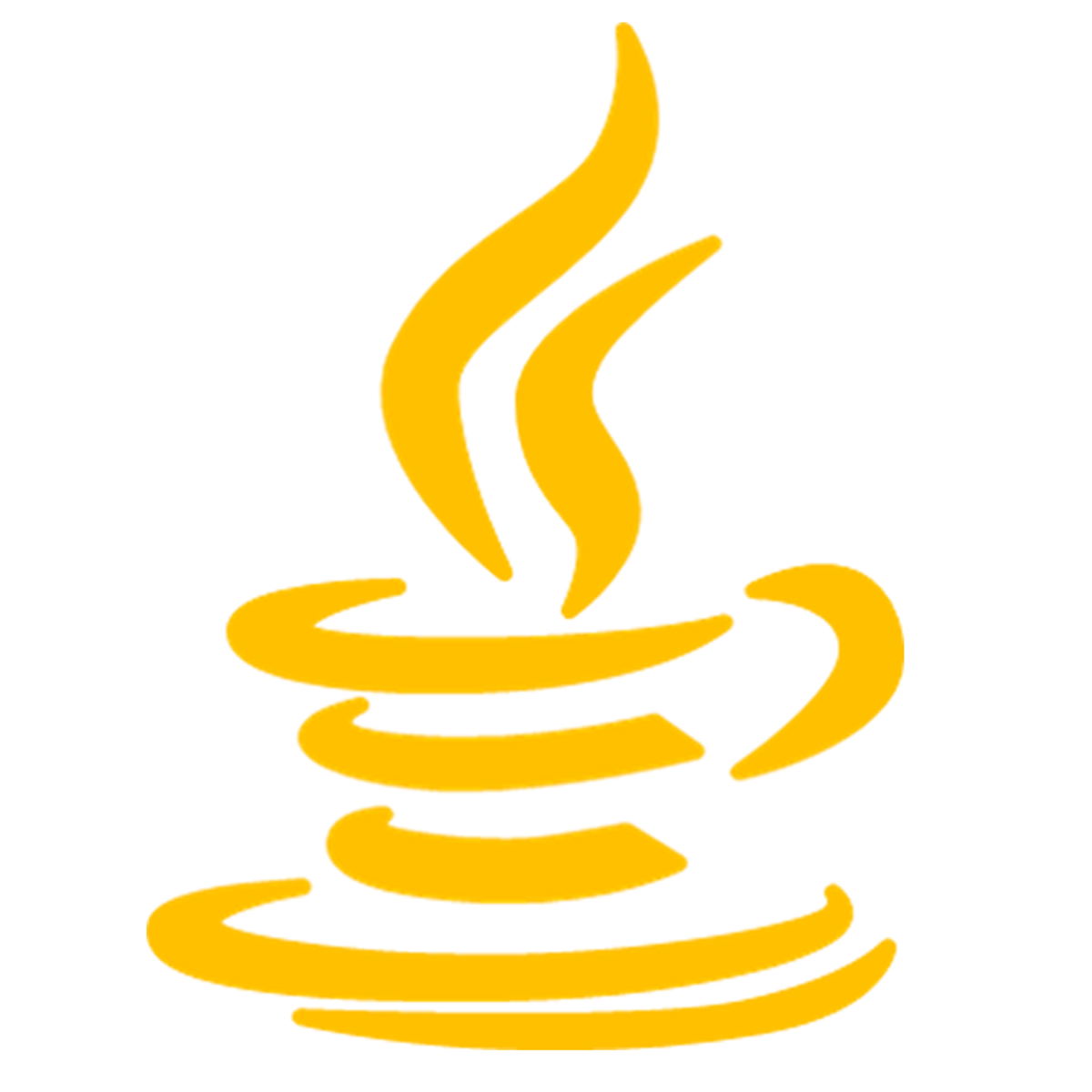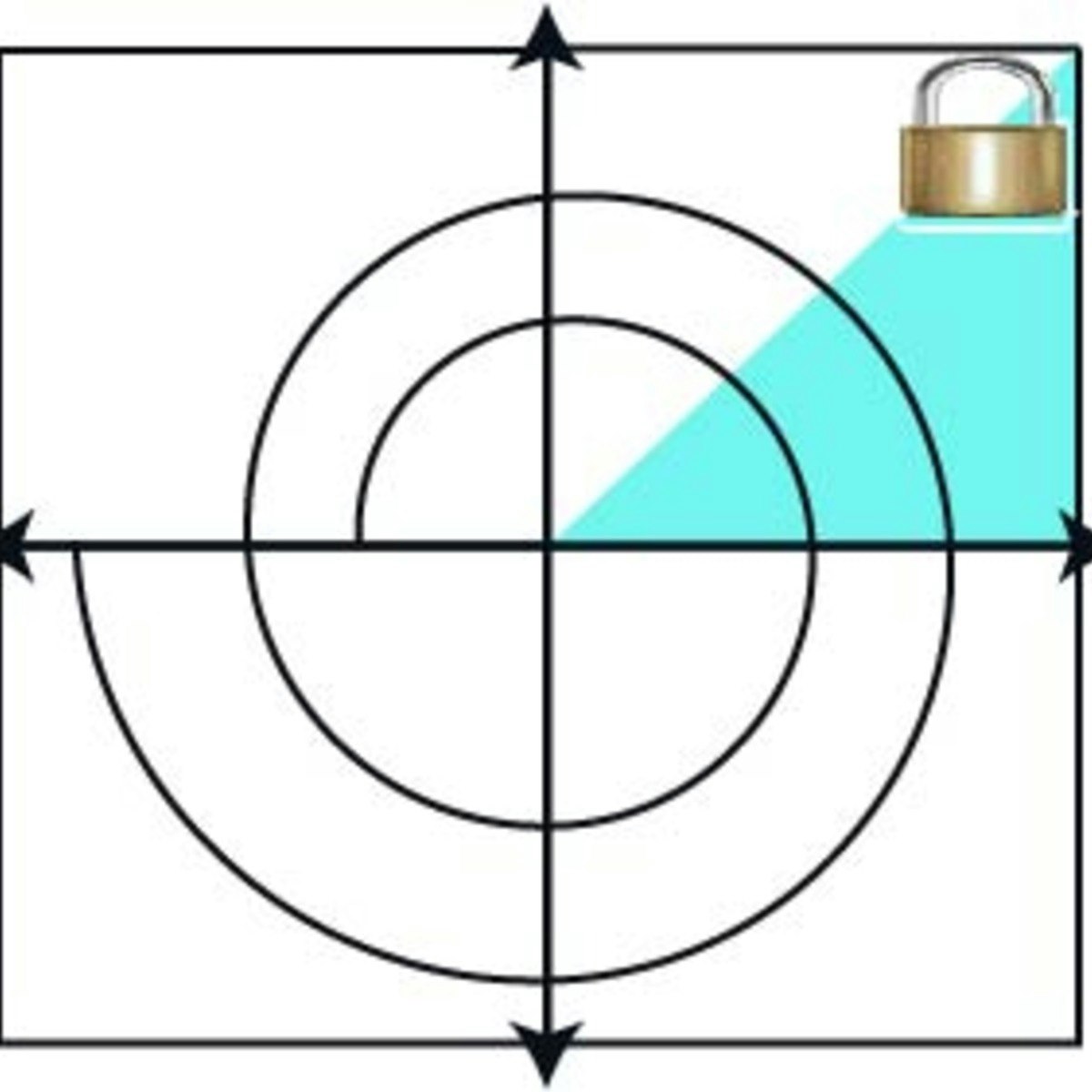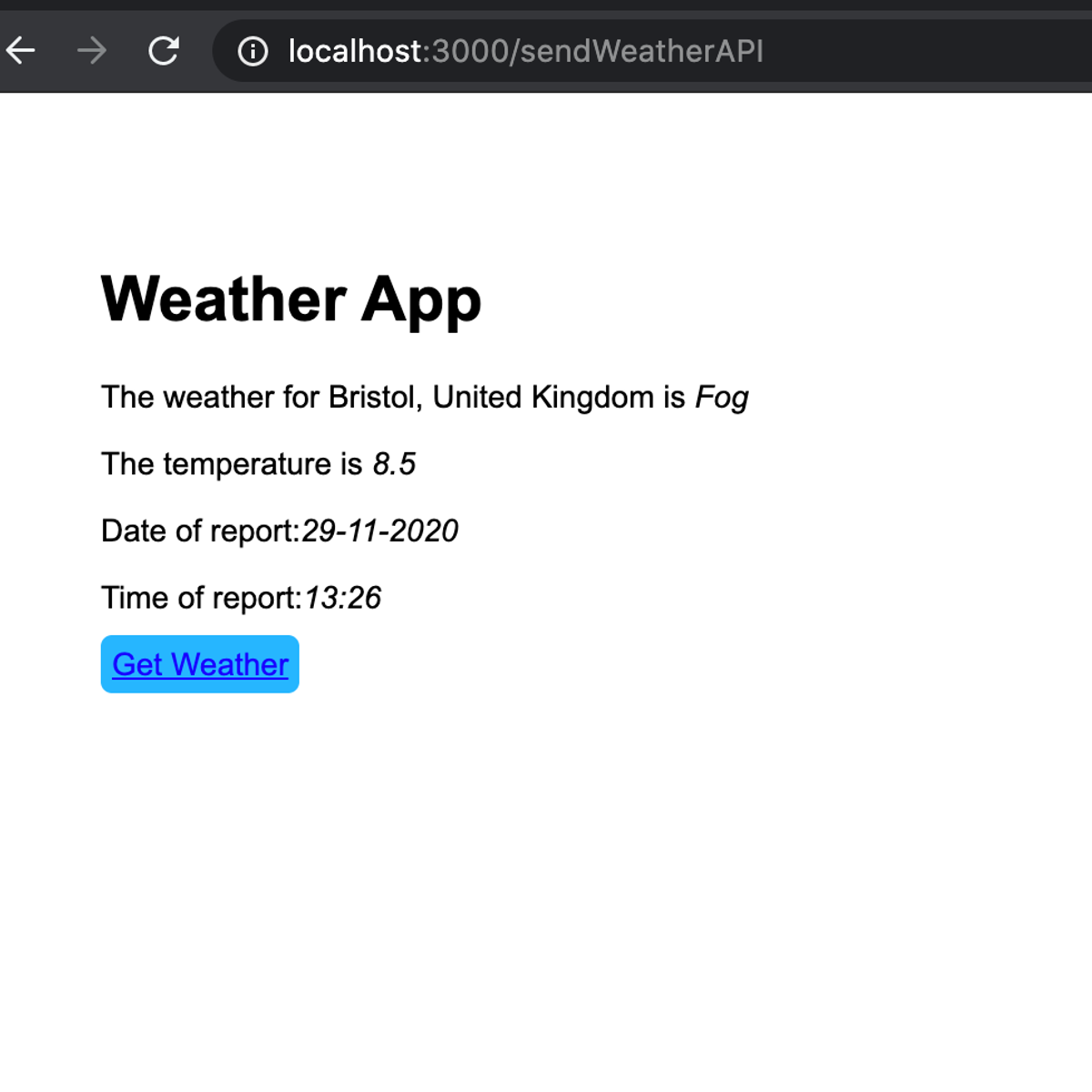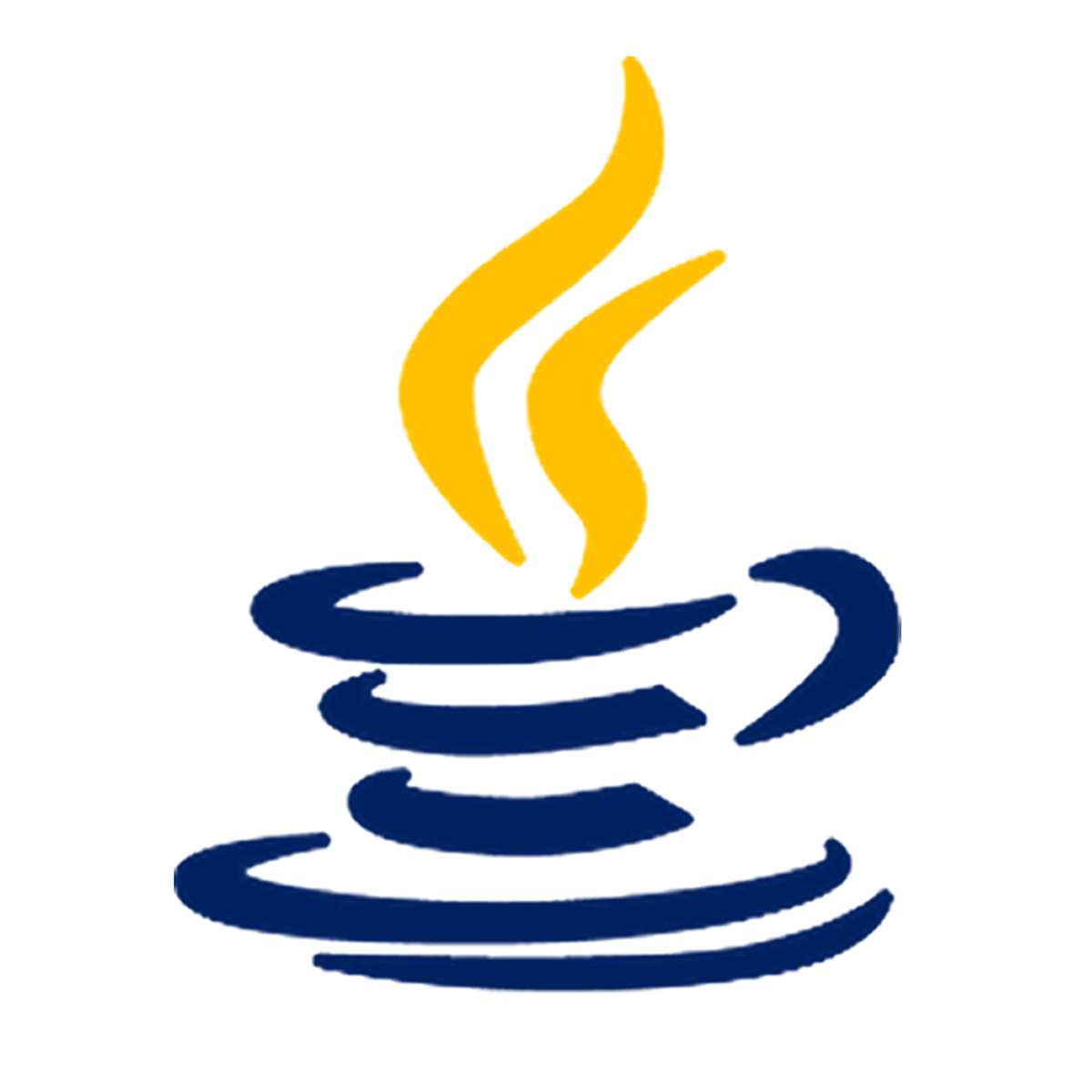Back to Courses









Software Development Courses - Page 73
Showing results 721-730 of 1266

Writing Java Application Code
This is the third course in a Specialization titled Java as a Second Language. This course presents instruction to IT professionals for developing Java applications. The material targets professional that are familiar with application programming, but do not have strong Java skills. The type of Java applications focus on: Console based Java applications, Java windows applications, and Java web and mobile applications. This course presents material on developing real applications, and includes hands-on application development labs. Learners will gain strong Java application development skills.
The courses in this specialization are cumulative, so you should take courses 1 and 2 prior to this one. This course contains Coursera labs so students can practice their new Java skills. The instructor also provides offline instructions in case you prefer to use your own local Java environment.
It is recommended that you take the courses in this Specialization in order because the knowledge is cumulative.

Write a Mini Game in Scala
In this 1 hour class you will learn Scala by writing a mini number guessing game. The product might seem simple but we will cover important Scala concepts such as type inference, objects, collection class, iterators, implicit class, and post-fix operators, in addition to features common to other languages. This class is ideal for a quick warm up for learners who want to transition to Scala from other modern programming languages such as Java.

Software Requirements Prioritization: Risk Analysis
Risk Analysis, Assessment, and Prioritization looks at how you can manage conflicts at system levels, but it can also be applied to lower level assessments. How do you manage and document conflict, along with alternatives? In analyzing alternatives, you must consider risks. In this course, we'll look into how to analyze risk, evaluate risk, document risks, and use this information for prioritization of requirements. Qualitative and Quantitative approaches will be covered.

DevOps Culture and Mindset
This course gives you the basic foundational principles of DevOps with a particular focus on culture and the DevOps mindset. We’ll learn about how DevOps is grounded in lean principles, and how it can help improve collaboration between developers and operations team members. We'll learn about ideas regarding systems thinking, feedback loops, continuous improvement, loosely coupled architecture and teams, managing risk, and dealing with unplanned work. We’ll learn about strategies to manage work, monitor it, keep it organized, and maintain a high level of quality by following key DevOps principles. We’ll also discuss various organizational models and structures that are used by companies in their DevOps transformations. You’ll learn about value stream mapping, and ensuring continuous workflow. Ultimately, we'll learn key ideas and tactics that you can employ at your own organizations to improve both time-to-market and increase the value delivered for your customers, no matter your product line or industry.

Build a Full-Stack Server for API Requests - NodeJS and Pug
By the end of this project, you will create a website which reports the weather for a specific city. We will learn how to use NodeJS to send API requests to Accuweather, and Pug and CSS to present the weather to the users.. We will use VSCode throughout this course. Building a full-stack website is a highly sought after skillset and this course is a great way to get started by building a simple weather website.
This guided project is for anyone who is comfortable with JavaScript and has some experience with coding. Knowledge of HTML and CSS is useful, but not required. It would also be suitable for someone who is interested in building a website and is happy to follow along with the steps to get a feel for full-stack web development and will focus on the in depth knowledge after. This could be someone just beginning their coding journey, someone experienced who wants to learn NodeJS or someone who wants to build their own website which needs a server.

Managing React State
By the end of this project, you will manage state within React components, pass state up from child to parent components, and track state through an API fetch.
As a react developer, it is important to understand state to properly maintain a dynamic React application.

Programming Reactive Systems
Reactive programming is a set of techniques for implementing scalable, resilient and responsive systems as per the Reactive Manifesto. Such systems are based on asynchronous message-passing, and their basic building-blocks are event handlers. This course teaches how to implement reactive systems in Scala and Akka by using high-level abstractions, such as actors, asynchronous computations, and reactive streams.
You will learn how to:
- use, transform and sequence asynchronous computations using Future values
- write concurrent reactive systems based on Actors and message passing, using untyped Akka and Akka Typed
- design systems resilient to failures
- implement systems that can scale out according to a varying workload
- transform and consume infinite and intermittent streams of data with Akka Stream in a non-blocking way
- understand how back-pressure controls flows of data
CSS Animated Components with ReactJS
In this 1-hour long project-based course, you will learn how to
- Identify the basic ReactJS project structure, including TypeScript, Webpack, Storybook, and SASS configuration,
- Render a Hello World component, as well as identify the basic structure of a ReactJS component, including how to render the component in Storybook.
- Create an animated sprite, by creating a logical folder structure, and writing the HTML, TypeScript, and animated CSS to render a sprite component to Storybook.
- Pass in a ReactJS prop to the component to track the facing direction of the animated Sprite and identify the difference between ReactJS discuss state vs props.
- Use ReactJS state to track user input, and update the component state in ReactJS lifecycle events to flip the character's sprite sheet renderings.
- Finalize your component by tracking position using props and state and using ReactJS lifecycle methods to position the sprite around the page based on user keyboard input, allowing the component to “walk” around the website.
Note: This course works best for learners who are based in the North America region. We’re currently working on providing the same experience in other regions.

Object-Oriented Hierarchies in Java
Object-Oriented Hierarchies in Java is the third of a series of courses in the Core Java Specialization. The Core Java Specialization is part of a series of programming specializations, derived from LearnQuest's private Java Bootcamps, designed to provide the skill set necessary to be hired as an IT developer using Java in many corporate environments.
This course includes hands-on practice and will help you build on your knowledge of the Java language. After completing this course, you will have a deeper understanding of how to effectively implement and use inheritance and polymorphism in Java.
To be successful in this course, you should have taken:
- Course 1: Introduction to Java
- Course 2: Introduction to Object-Oriented Programming with Java
or have equivalent knowledge.

Scrum Master Certification: Scrum Methodologies
This course is designed to help Scrum beginners learn the foundational knowledge to become proficient with Agile Scrum. Throughout the course, learners will explore User Stories and how they are prioritized in Agile, Velocity, Backlog Refinement, and Market Actions. Learners will also learn about different Scrum Reports and methods of managing risks.
Popular Internships and Jobs by Categories
Browse
© 2024 BoostGrad | All rights reserved


